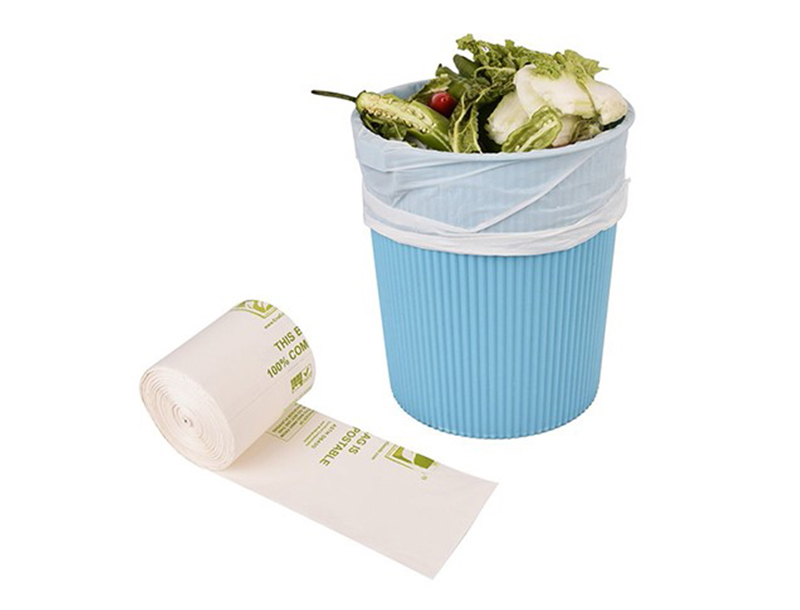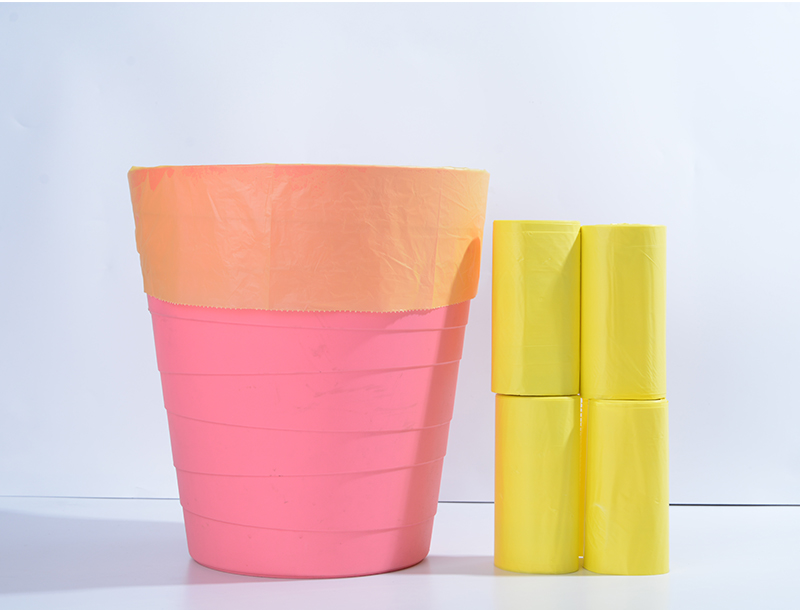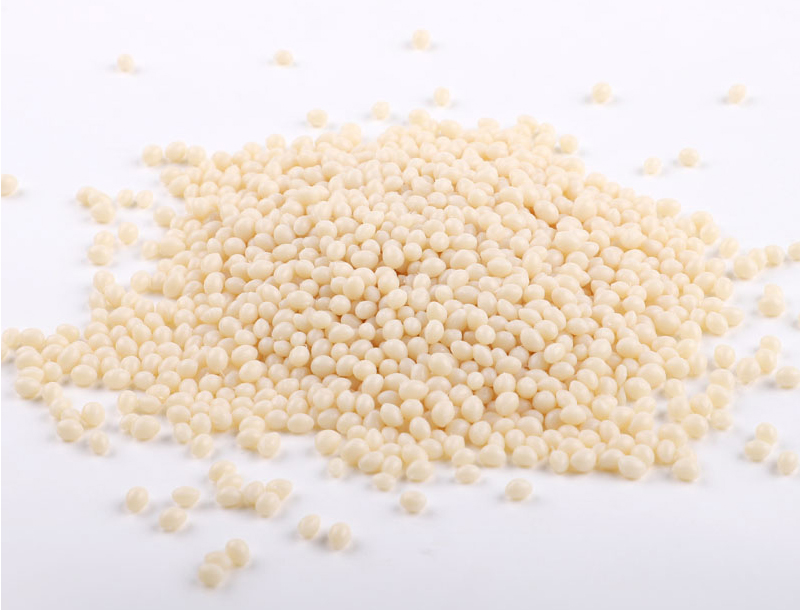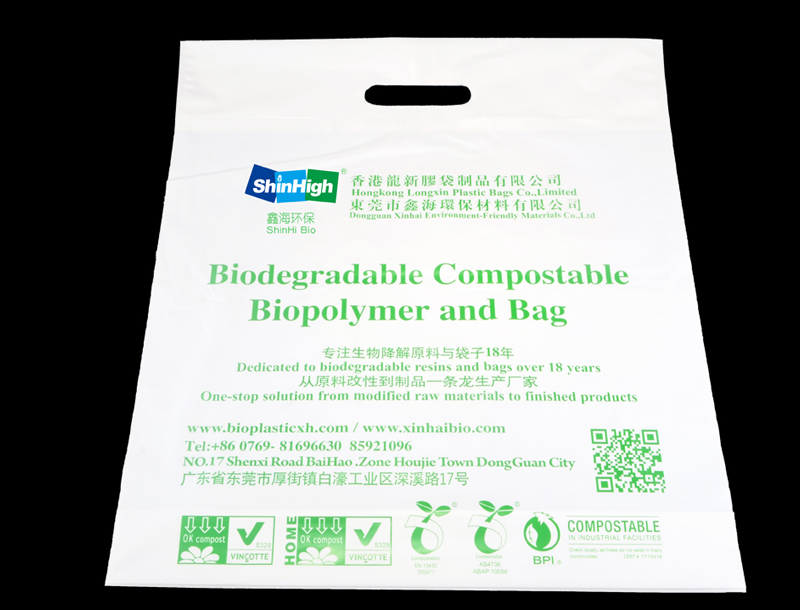According to the different molding methods of various plastics, completely degradable films can be divided into various types such as film pressing, lamination, injection, extrusion, blow molding, casting plastics and reaction injection plastics. Since polyolefin materials mainly made of PE and PP cannot be decomposed in a short period of time, scientists have finally synthesized a series of polyester materials that can be decomposed by microorganisms through research, as well as some renewable resources (such as straw, Bagasse, corn starch, etc.) are extracted from synthetic green materials to create a truly biodegradable green plastic bag.
At present, the most commonly used packaging materials (polyethylene, polypropylene) are added with starch and other biodegradants to make them easy to degrade.
In addition, the plastic that can degrade free resin has enough strength after cooling, and it can be processed into various shapes of toys.
The biodegradable packaging bag must meet three conditions: first, it must be completely degradable, and the products are carbon dioxide and water; second, under the conditions of industrial composting, it must be completely degraded within 180 days; third, after degradation, it does not produce any toxicity. No environmental impact.
Currently, biodegradable plastics can be divided into four categories according to the source of raw materials:
The first category is products made directly from renewable natural biomass resources such as starch, plant straw, chitin, etc.;
The second category is polymers synthesized from renewable natural biomass resources, such as polylactic acid, polyhydroxyalkanoates, etc.;
The third category is the use of petroleum by-products chemically synthesized polymers such as polybutylene succinate (PBS), etc.;
The fourth category is a blend of the above three materials with each other.
For solving environmental pollution, although starch-based plastics are more effective than disposable plastic products, because non-biodegradable polyethylene or polyester materials are still used as raw materials, in addition to the added starch that can be degraded, the remaining large amounts of polyethylene or Polyester still remains and cannot be completely biodegraded. It is only broken down into fragments and cannot be recycled. When it enters the soil, the situation becomes worse, causing confusion in waste disposal. Therefore, completely biodegradable materials have become the research focus of degradable materials.
It should be noted that every biodegradable material, including paper, requires certain environmental conditions for its degradation. If it does not have the degradation conditions, especially the living conditions of microorganisms, its degradation will be very slow; at the same time, not every kind of organism Degradable materials can quickly degrade under any environmental conditions. Therefore, when dealing with biodegradable materials, we should start from its environmental conditions and analyze the structure of the material itself to determine whether it is a biodegradable material. How to judge whether a material is biodegradable, the international and China have issued a series of testing method standards, which are answered in the standard question.






